Home>Gardening & Outdoor>Landscaping Ideas>How To Know If My Grass Seed Is Germinating
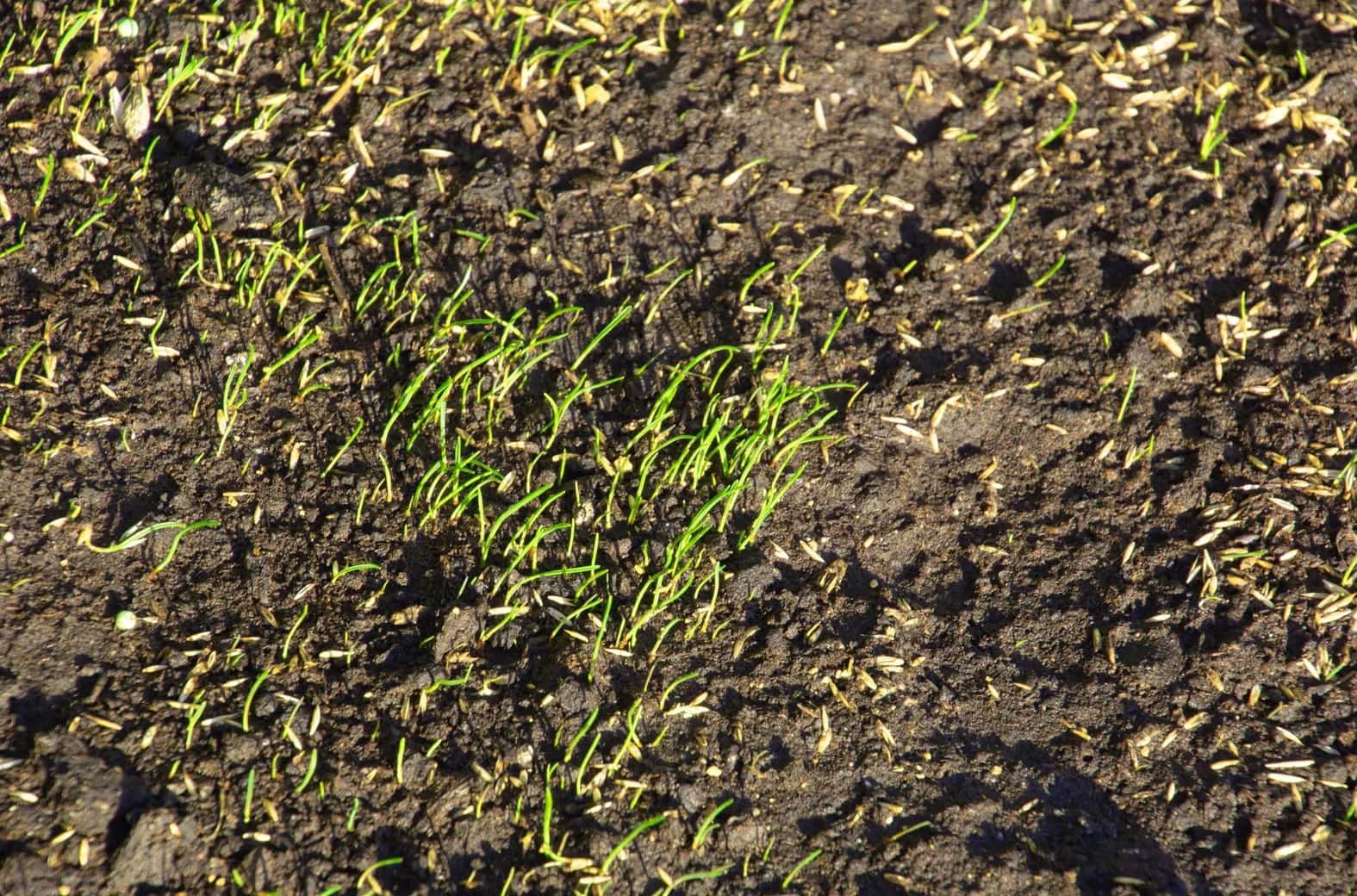

Landscaping Ideas
How To Know If My Grass Seed Is Germinating
Modified: March 24, 2024
Learn how to determine if your landscaping ideas are taking root with our guide on how to know if your grass seed is germinating. Discover the signs of successful germination!
(Many of the links in this article redirect to a specific reviewed product. Your purchase of these products through affiliate links helps to generate commission for Storables.com, at no extra cost. Learn more)
**
Introduction
**
So, you've taken the exciting step of planting new grass seed in your yard, hoping to cultivate a lush, green lawn. However, you might find yourself wondering, "How do I know if my grass seed is germinating?" Understanding the germination process and recognizing the signs of successful germination is crucial for ensuring the success of your lawn rejuvenation project. In this comprehensive guide, we'll delve into the intricacies of grass seed germination, explore the factors that can influence this process, and equip you with the knowledge to assess and troubleshoot the germination of your grass seed. Whether you're a seasoned gardener or a novice enthusiast, this article will provide valuable insights to help you achieve a thriving and verdant lawn.
**
Key Takeaways:
- Understanding the Germination Process
Grass seed germination begins with water absorption, leading to the emergence of roots and shoots. Providing optimal conditions like moisture and temperature is crucial for successful germination. - Signs of Successful Germination
Successful germination is indicated by the emergence of seedlings, vibrant green color, and uniform growth patterns. Monitoring moisture levels and addressing issues like poor soil quality can support healthy seed sprouting.
Read more: Why My Seeds Are Not Germinating
Understanding the Germination Process
**
Germination is the pivotal stage in the growth of grass seed, marking the commencement of its transformation into a sprouting plant. This process begins when the seed absorbs water, triggering biochemical changes that culminate in the emergence of a tiny root, known as the radicle, and the shoot of the new plant. The seed coat softens as it absorbs moisture, allowing the embryonic plant to push through the outer shell and initiate its growth.
It is essential to provide the optimal conditions for germination to occur successfully. Adequate moisture, oxygen, and favorable temperatures are crucial factors that facilitate the germination process. Additionally, the quality of the soil, the depth at which the seeds are planted, and the presence of light can significantly impact the germination of grass seed.
Understanding the intricacies of the germination process empowers you to create an environment that maximizes the chances of successful seed sprouting. By comprehending the physiological changes occurring within the seed and the external factors that influence its growth, you can effectively nurture the seeds into healthy, vigorous grass plants.
**
Factors Affecting Germination
**
Several factors play a pivotal role in influencing the germination of grass seed. Understanding these variables is essential for creating an environment conducive to successful seed sprouting.
- Water: Adequate moisture is crucial for initiating the germination process. Insufficient water can impede or halt germination, while excessive water can lead to rotting of the seeds.
- Temperature: Optimal soil temperatures, typically between 60-75°F (15-24°C), are conducive to successful germination. Extreme temperatures can hinder or prevent the germination of grass seed.
- Oxygen: Seeds require oxygen for the metabolic processes involved in germination. Compacted soil or waterlogged conditions can limit oxygen availability and impede germination.
- Soil Quality: The composition and fertility of the soil can impact germination. Well-draining, nutrient-rich soil provides an ideal medium for seed sprouting.
- Depth of Planting: Planting seeds at the appropriate depth ensures they receive the necessary moisture and warmth for germination. Shallow planting may result in desiccation, while excessively deep planting can hinder emergence.
- Presence of Light: Some grass species require exposure to light for germination, while others thrive in darkness. Understanding the light requirements of the specific grass seed you are planting is crucial for successful germination.
By considering and optimizing these factors, you can create an environment that promotes the successful germination of your grass seed, setting the stage for healthy and robust lawn growth.
**
Methods for Checking Germination
**
Monitoring the germination of your grass seed is an essential aspect of lawn care, allowing you to assess the progress of your seeding efforts and make any necessary adjustments. Several methods can be employed to check the germination of grass seed, providing valuable insights into the success of your seeding endeavors.
- Visual Inspection: Regular visual observation of the seeded area enables you to identify the emergence of new seedlings. As the germination process unfolds, you will notice tiny shoots breaking through the soil, indicating successful seed sprouting.
- Seedling Count: Conducting a seedling count involves carefully examining the seeded area and counting the number of seedlings that have emerged. This method provides a quantitative measure of germination success and allows you to track the density of emerging grass plants.
- Germination Blanket or Cloth: Placing a germination blanket or cloth over the seeded area can create a controlled environment that promotes germination. By regularly lifting the blanket, you can observe the progress of seed sprouting without disturbing the seeds.
- Moisture Testing: Monitoring the moisture levels of the soil is crucial for successful germination. Conducting moisture tests, such as using a soil moisture meter or simply assessing the dampness of the soil, can help ensure that the seeds have the necessary moisture for germination.
- Germination Paper Test: This method involves placing a sample of the grass seeds on a moist paper towel and keeping it in a warm, well-lit area. Regularly inspecting the seeds for signs of sprouting provides a direct assessment of their germination potential.
By utilizing these methods for checking germination, you can gain valuable insights into the progress of your grass seed sprouting, enabling you to make informed decisions regarding irrigation, soil management, and other crucial factors that influence the success of your lawn revitalization efforts.
**
To know if your grass seed is germinating, keep the soil consistently moist, but not waterlogged. Look for tiny sprouts to emerge from the soil within 7-14 days.
Signs of Successful Germination
**
Recognizing the signs of successful germination is an exciting and gratifying aspect of nurturing new grass seed into thriving plants. By keenly observing the seeded area and the emerging seedlings, you can identify several indicators that signify the successful germination of your grass seed.
- Emergence of Seedlings: The most apparent sign of successful germination is the emergence of seedlings from the soil. As the seeds sprout, you will notice tiny shoots breaking through the surface, heralding the beginning of new plant growth.
- Development of Root Systems: Successful germination is often accompanied by the development of delicate root systems beneath the soil. Carefully observing the emerging seedlings may reveal the presence of tiny, translucent roots, indicating the establishment of the new plants.
- Uniform Growth Patterns: When germination is successful, you may notice a uniform and consistent pattern of growth among the emerging seedlings. This indicates that the environmental conditions and seeding practices have facilitated even germination across the seeded area.
- Vibrant Green Color: Healthy, germinating seedlings often display a vibrant green color, signifying robust growth and the efficient utilization of nutrients and light for photosynthesis.
- Increased Height and Foliage: As the seedlings continue to grow, you will observe an increase in their height and the development of additional foliage. This steady progression is a clear indication of successful germination and the establishment of young, growing plants.
By recognizing these signs of successful germination, you can celebrate the fruition of your efforts and take proactive measures to support the ongoing growth and development of your newly germinated grass seed. These signs also provide valuable feedback on the effectiveness of your seeding techniques and the suitability of the environmental conditions for promoting healthy germination.
**
Read more: Why Arent My Seeds Germinating
Troubleshooting Failed Germination
**
Experiencing failed germination can be disheartening, but it is essential to approach this setback with a proactive and diagnostic mindset. Several factors can contribute to unsuccessful germination, and identifying and addressing these issues is crucial for revitalizing your seeding efforts.
- Inadequate Moisture: Insufficient moisture can impede germination or cause the seeds to remain dormant. Ensure that the seeded area is consistently and adequately watered, especially during the critical germination period, to provide the moisture necessary for seed sprouting.
- Poor Soil Quality: Compacted or nutrient-deficient soil can hinder germination. Aerating the soil, amending it with organic matter, and addressing nutrient deficiencies can create a more hospitable environment for successful seed sprouting.
- Incorrect Planting Depth: Planting the seeds at an improper depth can affect their access to essential resources for germination. Review and adjust the planting depth to ensure that the seeds are positioned optimally for successful sprouting.
- Extreme Temperatures: Unfavorable temperature fluctuations can disrupt the germination process. Providing shade or employing protective coverings during excessively hot periods can mitigate the impact of extreme temperatures on seed germination.
- Pest and Disease Pressure: Pest infestations or diseases can undermine the germination of grass seed. Implementing pest control measures and addressing potential disease issues can safeguard the seeds and emerging seedlings from destructive influences.
By systematically troubleshooting failed germination and addressing the underlying factors contributing to this issue, you can rejuvenate your seeding efforts and create a more conducive environment for successful germination. It is essential to approach this process with patience and attentiveness, as identifying and rectifying the challenges associated with germination can pave the way for a flourishing and resilient lawn.
**
Conclusion
**
Embarking on the journey of nurturing new grass seed into a vibrant and verdant lawn is a rewarding endeavor that begins with understanding the intricacies of germination. By comprehending the physiological processes, environmental factors, and signs of successful germination, you are equipped to foster the growth of healthy and resilient grass plants. Monitoring the germination process, recognizing the signs of successful sprouting, and troubleshooting challenges that impede germination are integral aspects of cultivating a thriving lawn.
As you navigate the germination phase of your lawn revitalization project, remember that patience, attentiveness, and a proactive approach are essential allies. By providing the optimal conditions, addressing potential impediments, and celebrating the signs of successful germination, you are nurturing the foundation of a lush and vibrant lawn that will enrich your outdoor space and provide a welcoming environment for leisure and recreation.
Whether you are a seasoned gardener or an enthusiastic novice, the journey of germinating grass seed is a testament to the transformative power of nurturing new life. Through your dedication and understanding of the germination process, you are sowing the seeds of a flourishing and resilient lawn that will thrive for years to come, enriching your outdoor landscape and providing a picturesque backdrop for cherished moments and cherished memories.
Frequently Asked Questions about How To Know If My Grass Seed Is Germinating
Was this page helpful?
At Storables.com, we guarantee accurate and reliable information. Our content, validated by Expert Board Contributors, is crafted following stringent Editorial Policies. We're committed to providing you with well-researched, expert-backed insights for all your informational needs.
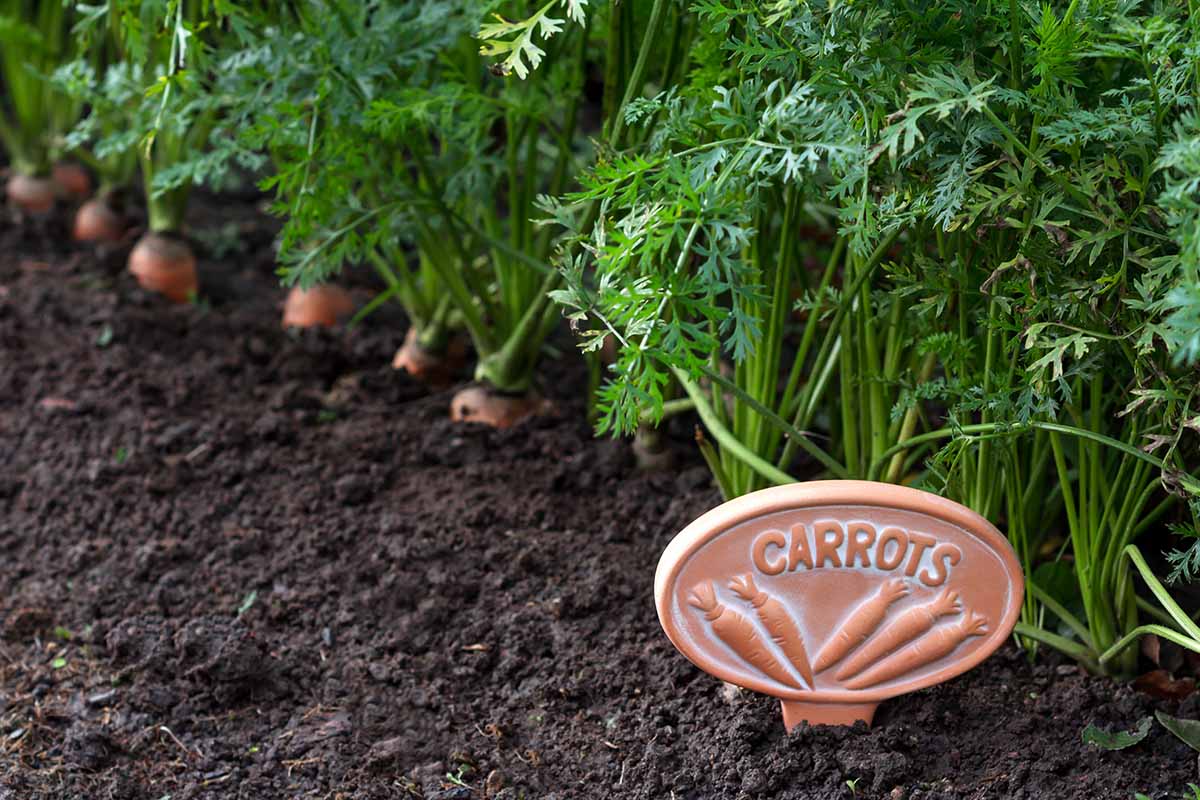

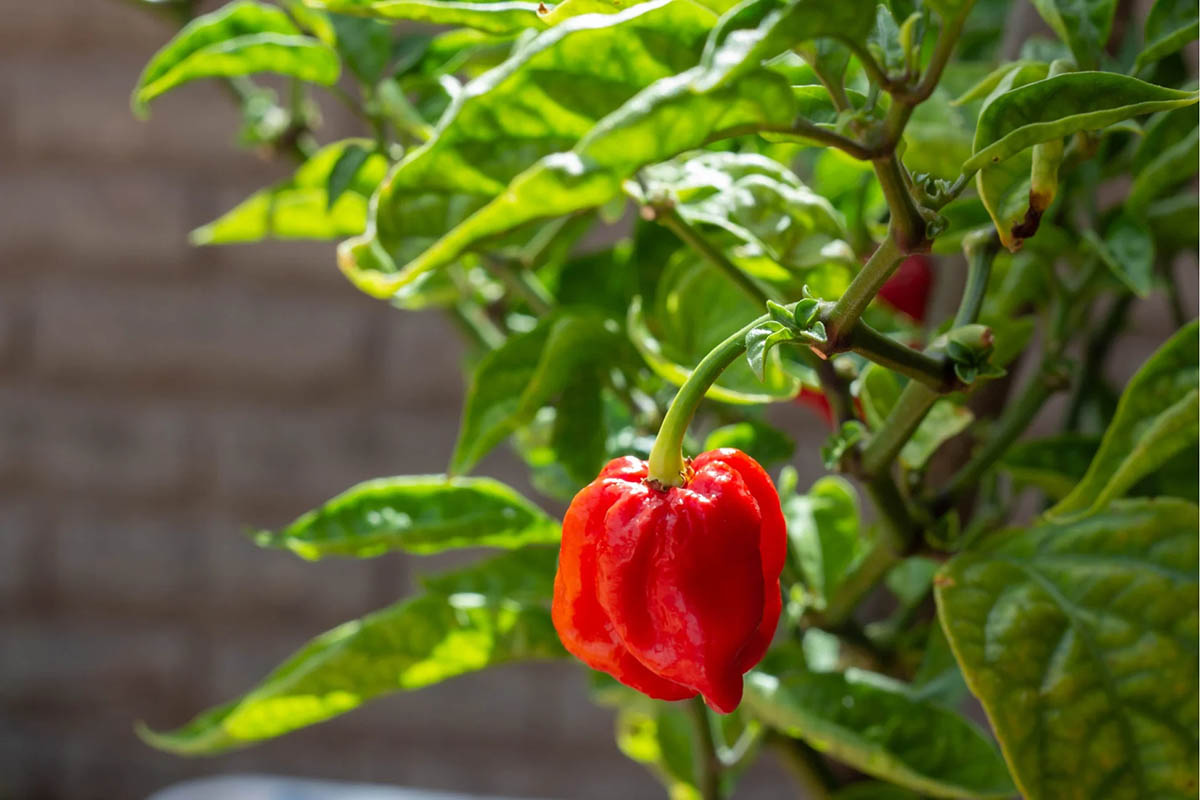
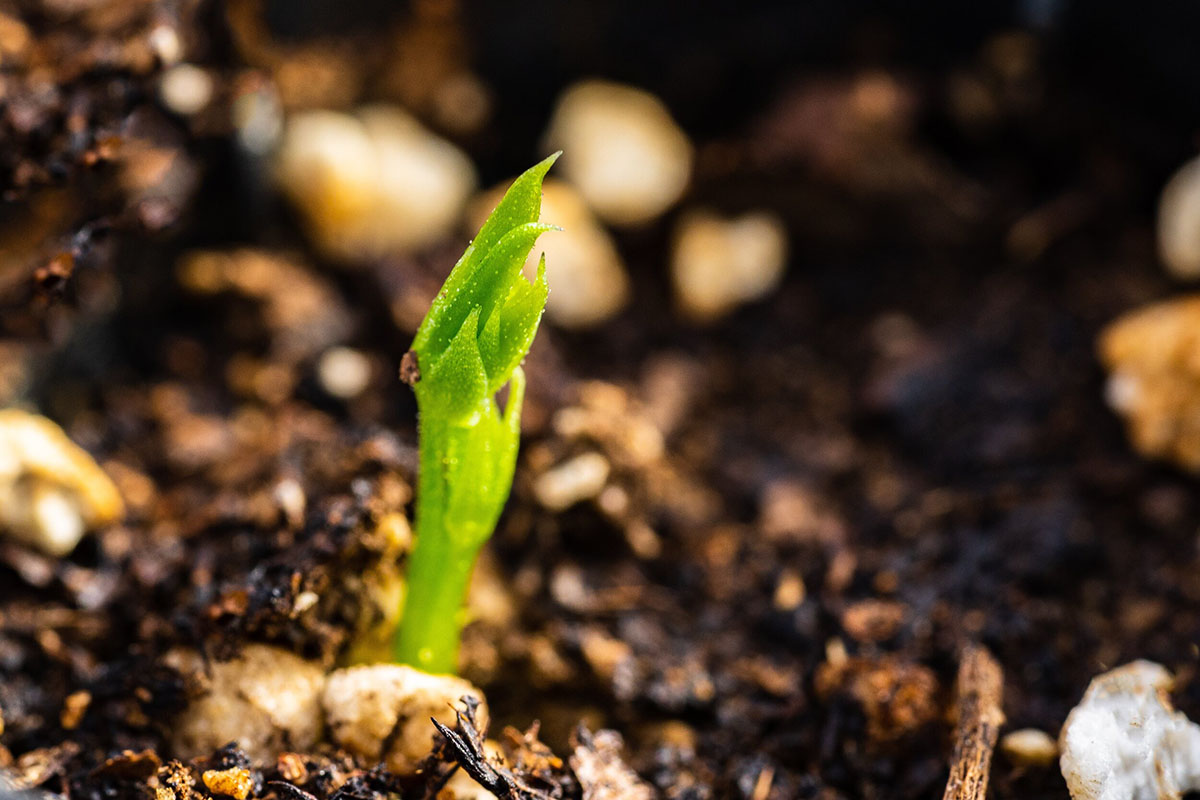
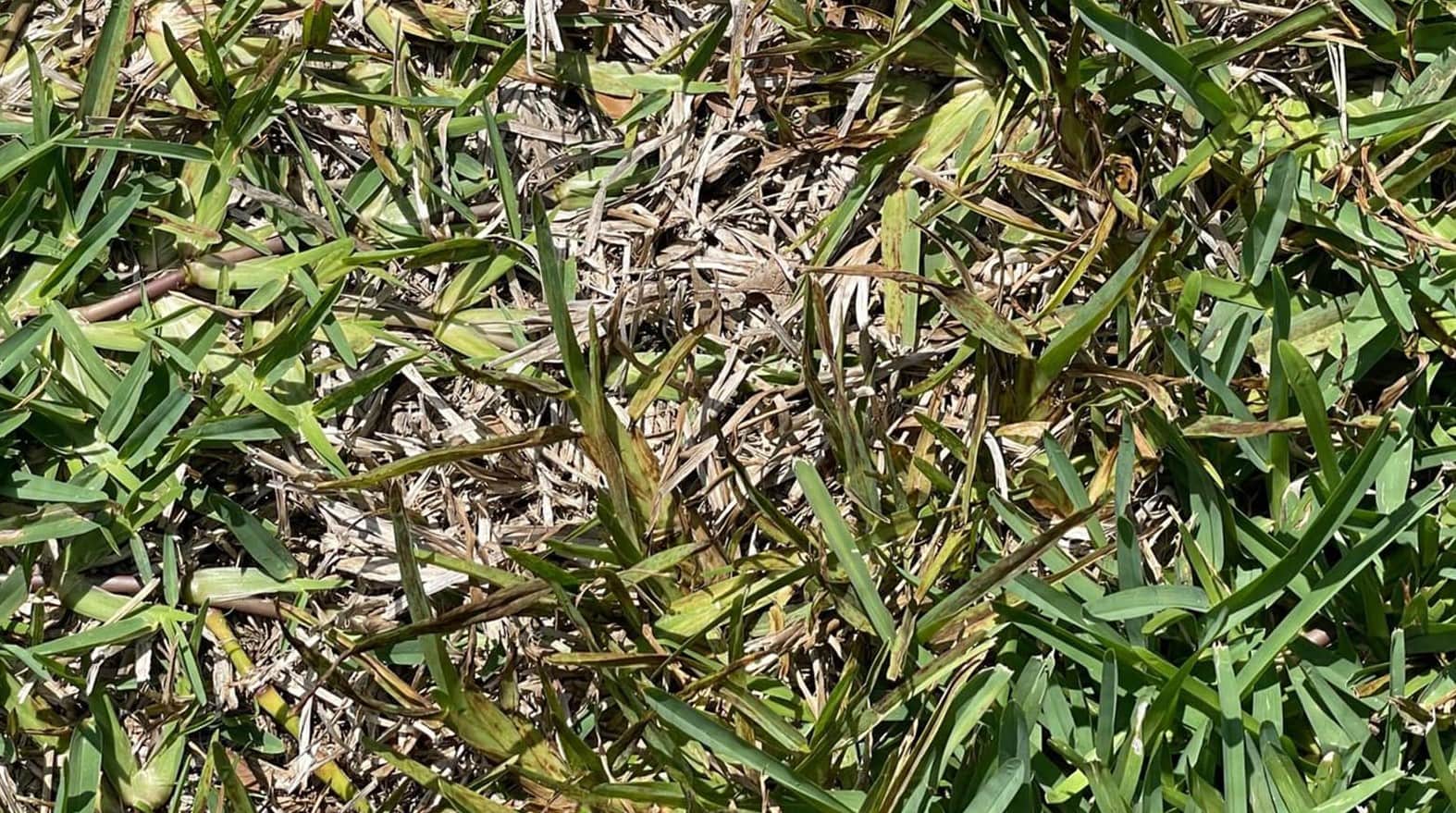
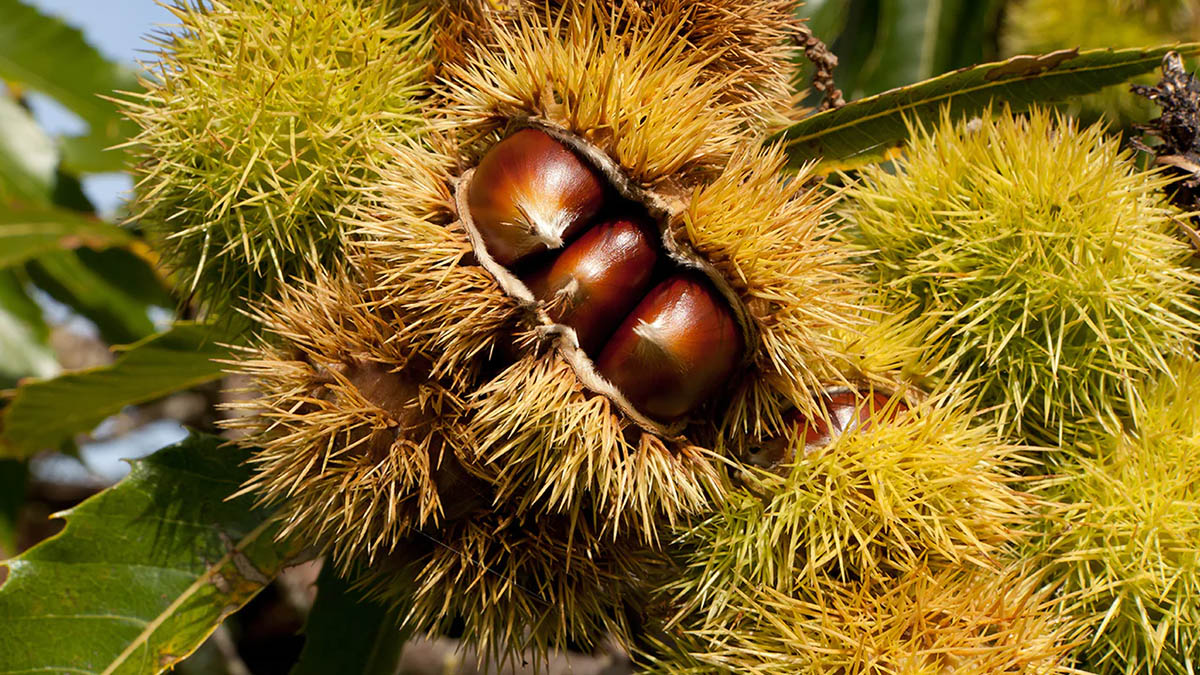
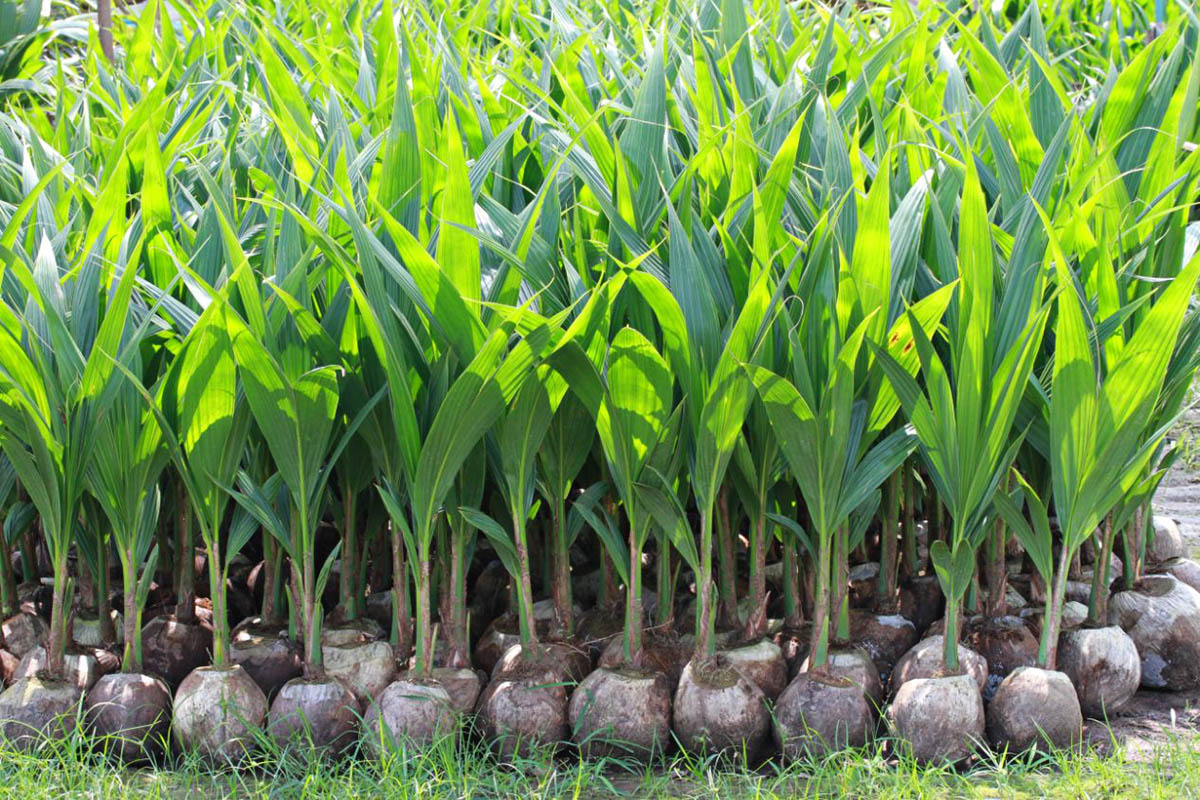

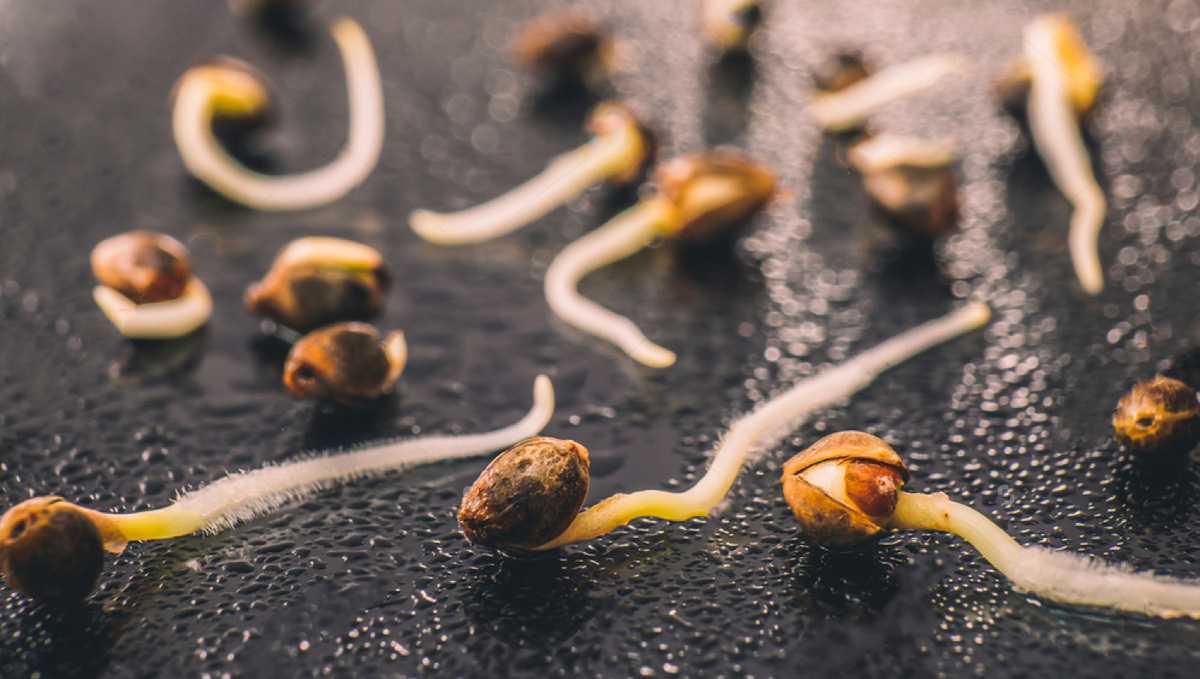
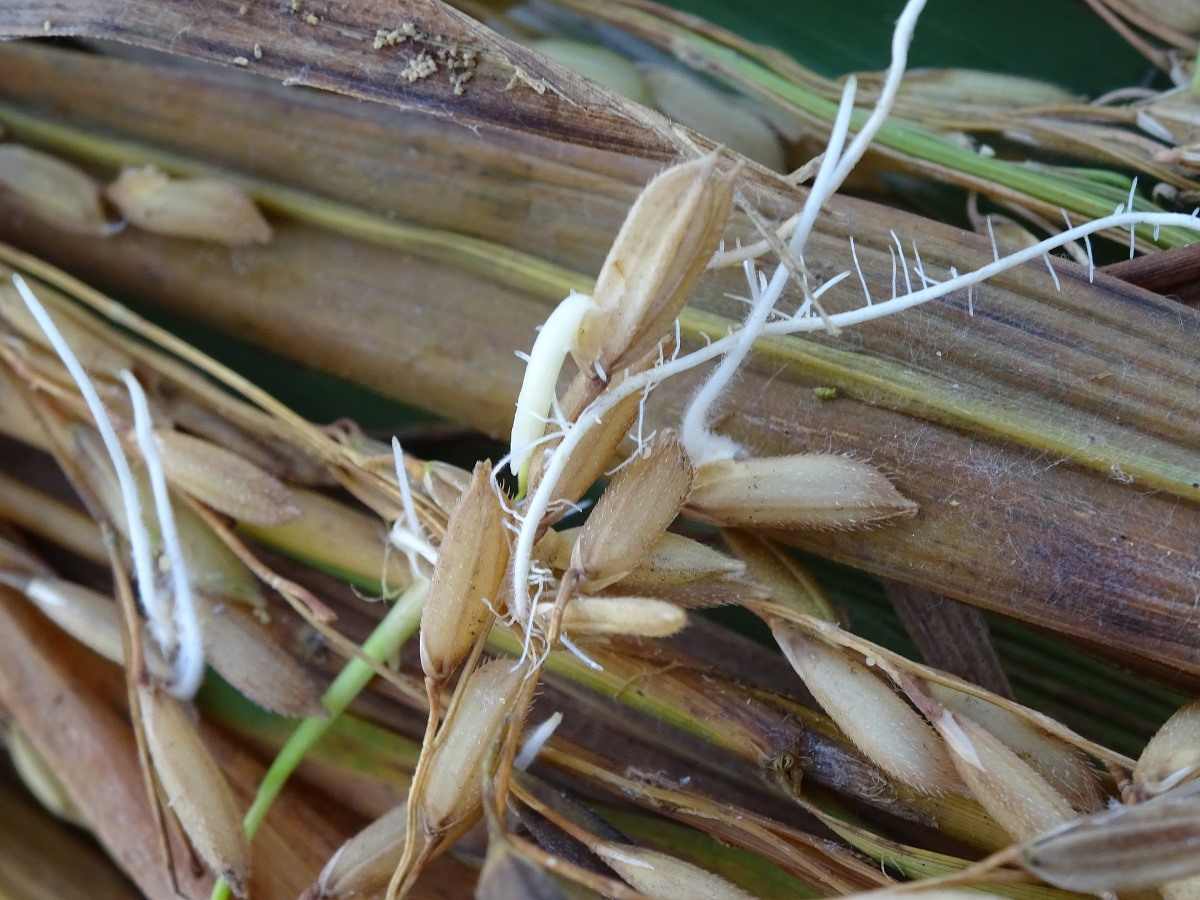
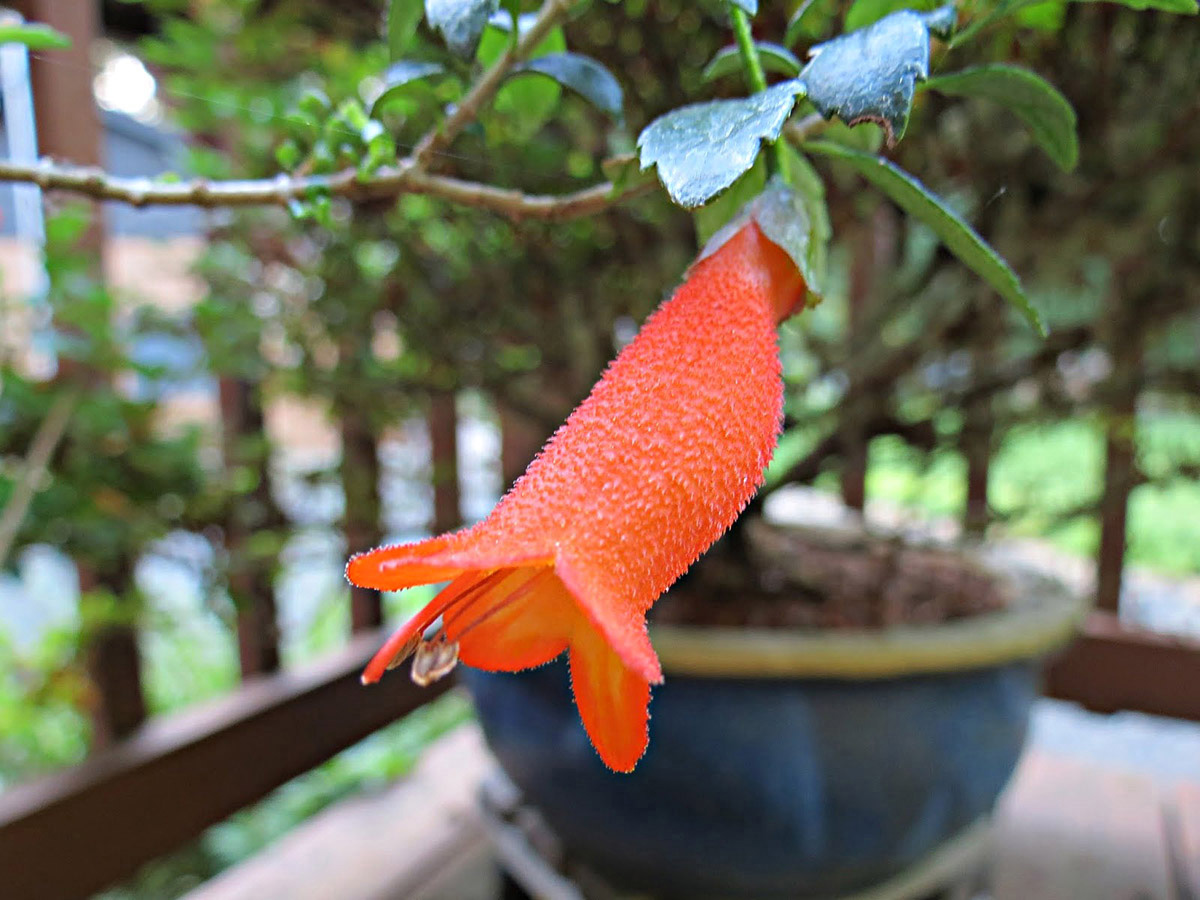
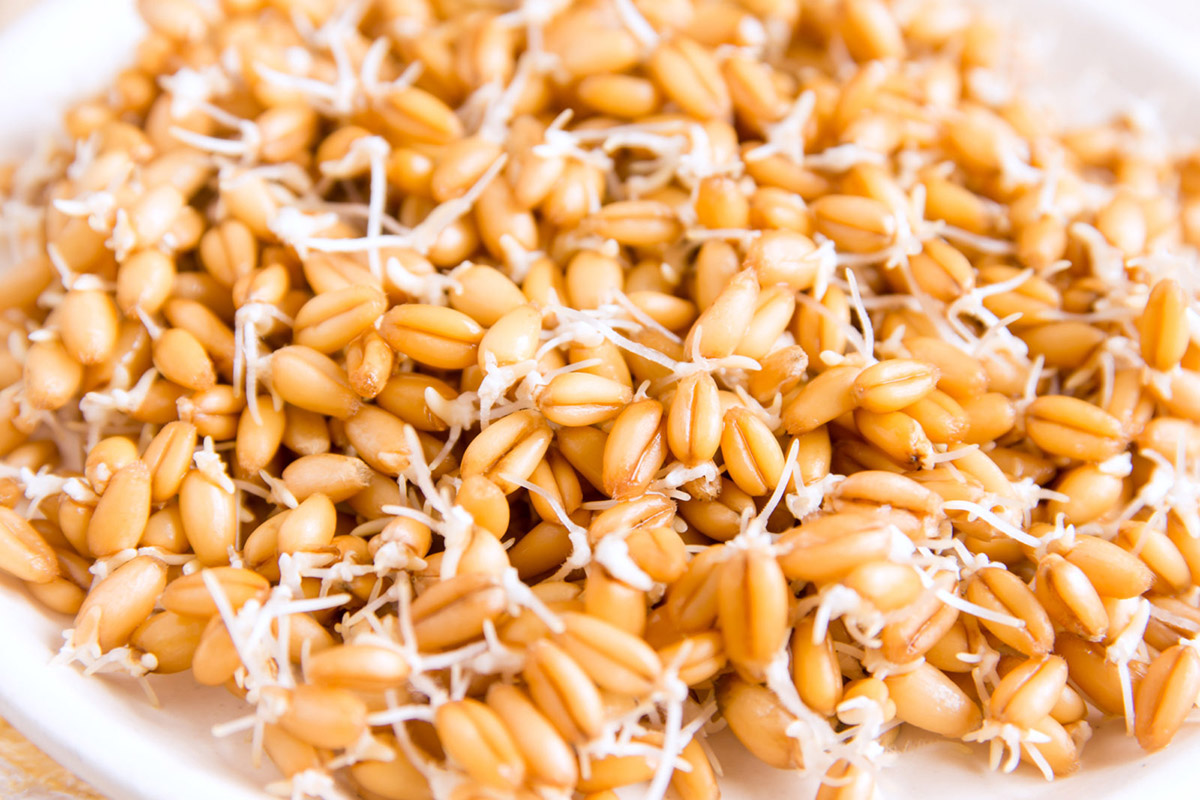
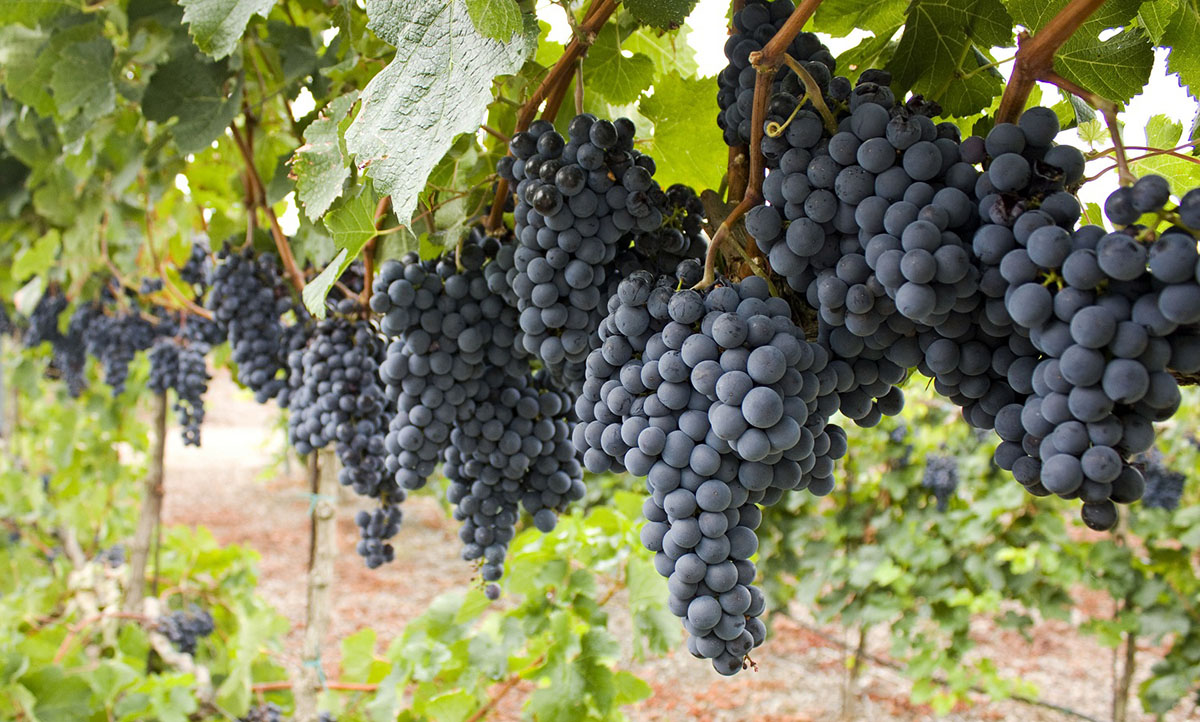
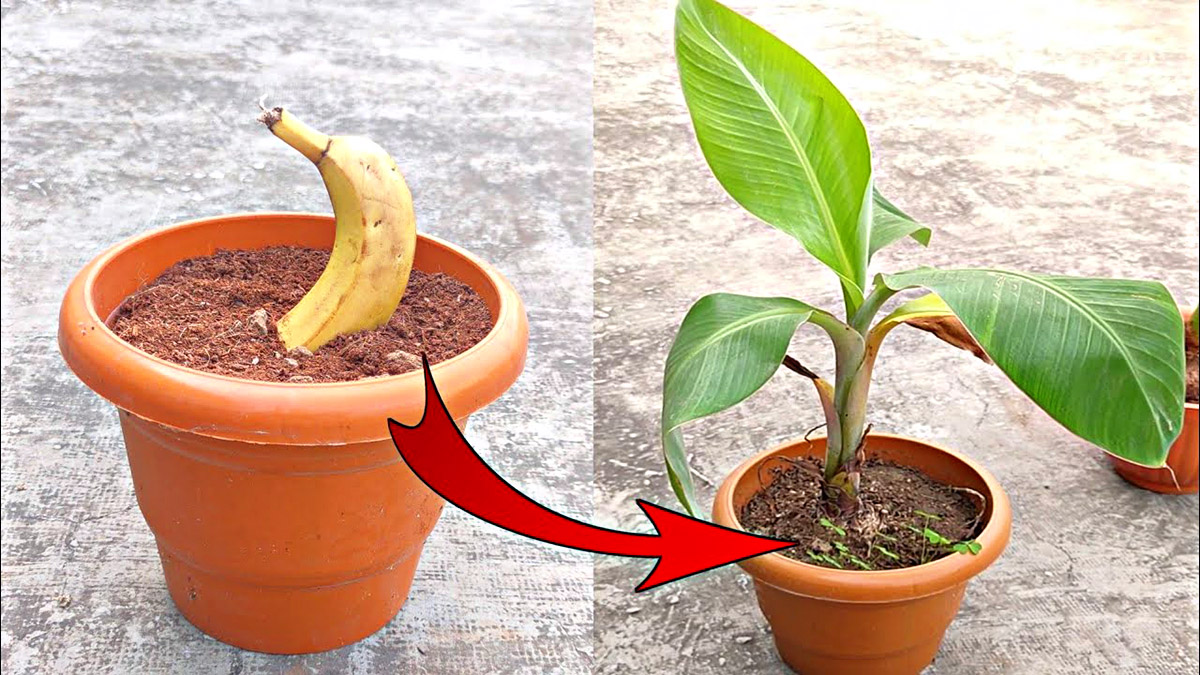

0 thoughts on “How To Know If My Grass Seed Is Germinating”